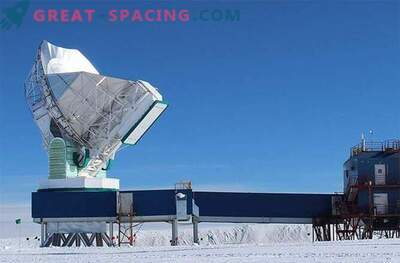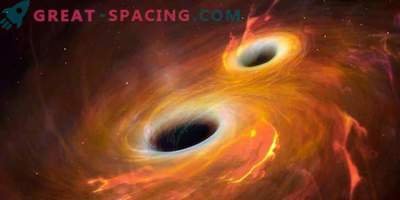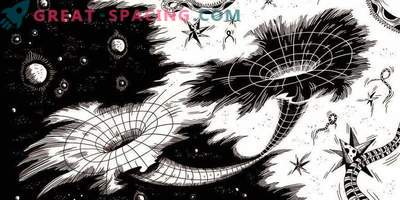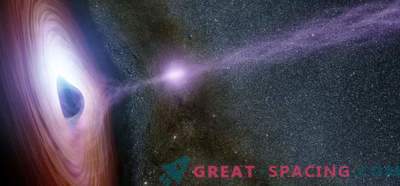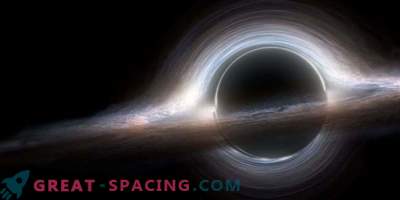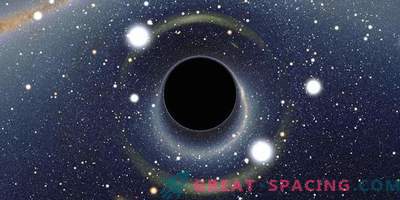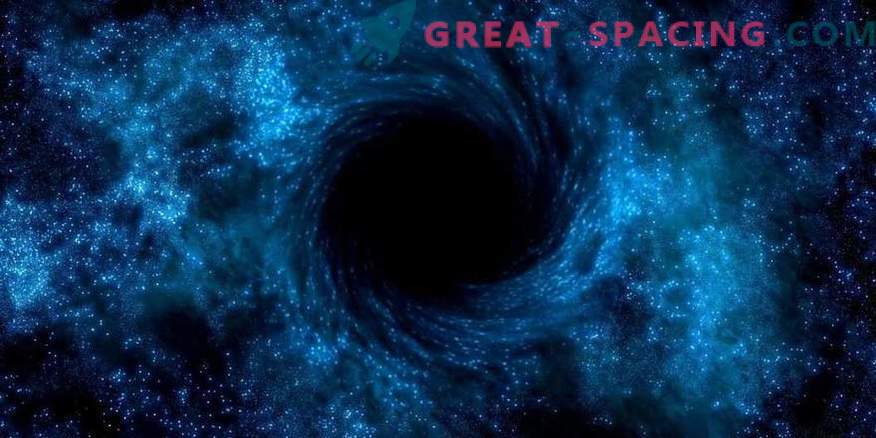
For the first time, scientists decided to take a picture of the heart of our galaxy. To capture the detailed view of the black hole, it was decided to create a global association of radio dishes. “Event Horizon” is a collection of observatories around the world that formed a giant telescope from Europe through Chile and Hawaii to the South Pole. From Europe, only the 30-meter maxam telescope IRAM, funded by the Max Planck Society, will take part.
As early as the 18th century, naturalists John Mitchell and Pierre Simon de Laplace began to argue about the “dark stars”. They believed that their power was so great that even the light could not escape. Their ideas still underlie Newton's theory of gravity and the corpuscular theory of light. The revolution in the understanding of gravity was made by Albert Einstein in the 20th century thanks to the general theory of relativity. He did not pass by and black holes.
Light cannot leave objects due to extremely compacted mass. Because of the blackness, astronomers cannot directly observe holes in space. But their existence was proved by measuring gravitational waves, which were repelled by black holes, or by sensing the force they exert on everything around. But black hole can be observed directly. Around the object there is a border beyond which matter and light are absorbed. It is called the event horizon. According to the theory, when matter crosses this line, it releases an intense radiation, like a death cry. That it can be registered in the form of radio waves in the millimeter range, and, consequently, to see the event horizon.
The main goal of the project was a black hole in the center of the Milky Way. It is 26,000 light years away and equals 4.5 million solar masses. Due to its remoteness, the object is located at a slight angle.
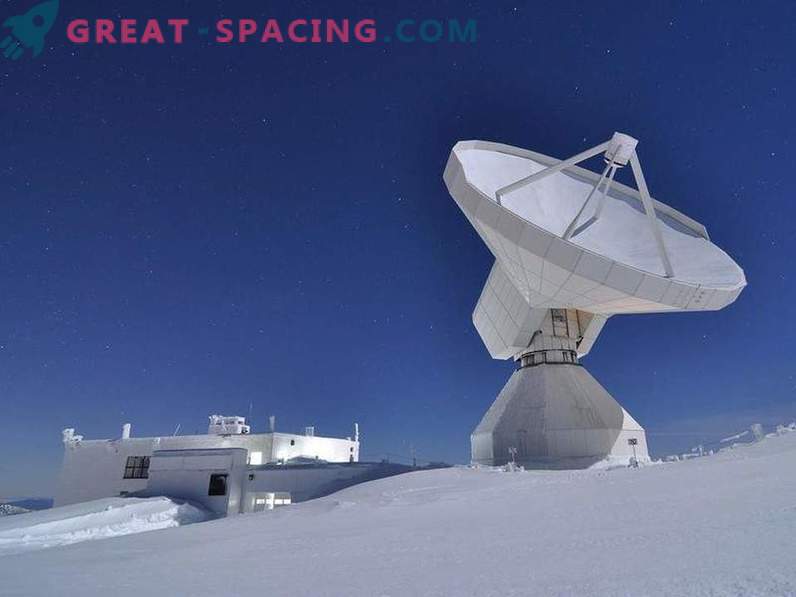
Listening to space messages: 30-meter plate IRAM is one of the participants in global cooperation.
To solve this point, it is worth turning to interferometry. Its principle is to create a whole network of telescopes. Thus, it turns out one giant mechanism, repeating the earth's circle. The larger the telescope, the more detail is noticeable.
This method uses the project Event Horizon. In April, he will conduct observations with a frequency of 230 gigahertz (wavelength - 1.3 millimeters). The maximum angular resolution reaches 26 microarcresors. This allows you to consider a golf ball on the surface of the moon or the width of a human hair from a distance of 500 km! Such observations are possible only at dry high altitudes. It was decided to use the IRAM observatory with a 30-meter antenna at Picot Velenta (the peak in Sierra Nevada in Spain with a height of 2,800 meters). In terms of sensitivity, it is ahead of only the Atakam large millimeter-range grill (ALMA), consisting of 64 individual telescopes and located in the Chilean Andes (at an altitude of 5000 meters).
The Max Planck Institute is also engaged in data processing for the “Event Horizon” telescope. To do this, use two supercomputers (one in Bonn and the other in the Haystack Observatory in the USA). They will not only evaluate the data, but also try to examine 5 more objects: M 87, Centaurus A and NGC 1052, as well as quasars - OJ 287 and 3C279.
From 2018, another NOEMA observatory will join the Horizon of events - the second IRAM observatory in the French Alps.
